12 Important Sales Enablement Metrics You Shouldn't Miss
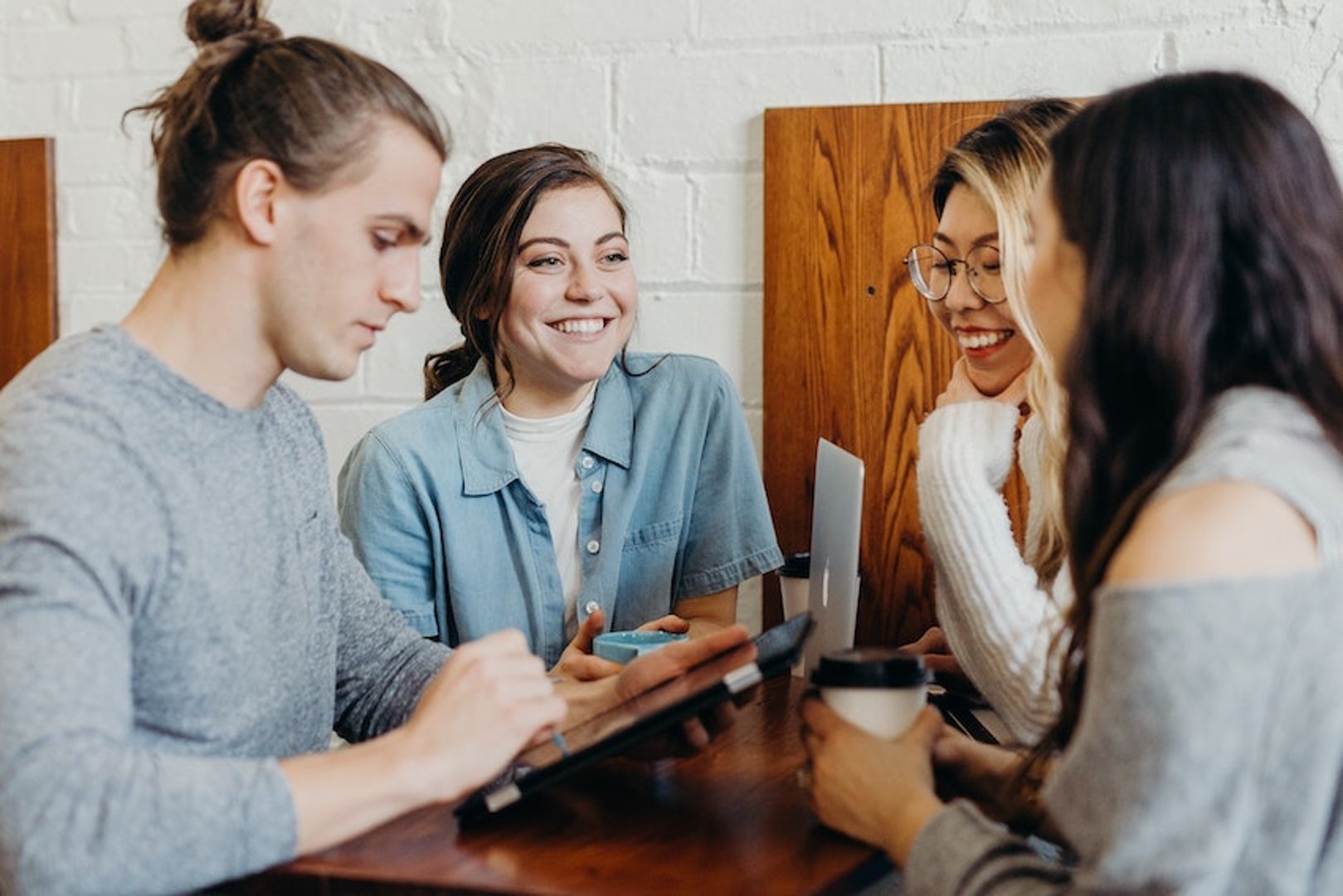
Published 2025-09-19
Summary - Monitoring and measuring sales KPIs is nothing new. But is your sales team measuring the ROI of investing in sales enablement campaigns and processes?
Evaluating sales KPIs is crucial for businesses. However, you should also ask: Is your sales team assessing the return on investment (ROI) from sales enablement initiatives?
Every business needs effective measurements of sales enablement. Without them, your company might overlook significant opportunities for growth and risk investing in ineffective strategies. Make sure your sales enablement approaches align with your business goals and consistently yield positive outcomes.
The only way to determine this is to measure the correct metrics. Metrics that provide information your business can learn from, increase your average order value, and deliver better sales campaigns in the future.
Key Metrics Your Sales Team Should Use
Here are 12 essential sales enablement metrics that every business should track:
Length of Sales Cycle
Quota Attainment
Calls to Action
Marketing Collaterals Performance
Sales Process Adherence
Sales Closing Ratio
Employee Net Promoter Score
Win/Loss Rate
Onboarding Time (New Employees and New Clients)
Deal Size
Cost of Acquisition (CoA)
Customer Lifetime Value (CLTV)
Focusing on these key sales enablement metrics helps you gain a better understanding of your business's sales performance and the steps needed to enhance it. For each metric, we'll explain its importance and guide you on how to measure its impact on ROI effectively.
1. Length of Sales Cycle
Inefficiencies in your sales process can slow you down. The length of your sales cycle is unique to your business and should be explored in detail to understand each touchpoint.
Measuring the length of your sales cycle helps you understand the sales cycle as a whole and where your sales process breaks down. As a result, you can enhance the sales experience and increase sales. You can also offer a more seamless journey for your customers. For example, you can implement sales analytics tools to oversee the entire sales cycle and detect areas to speed it up.
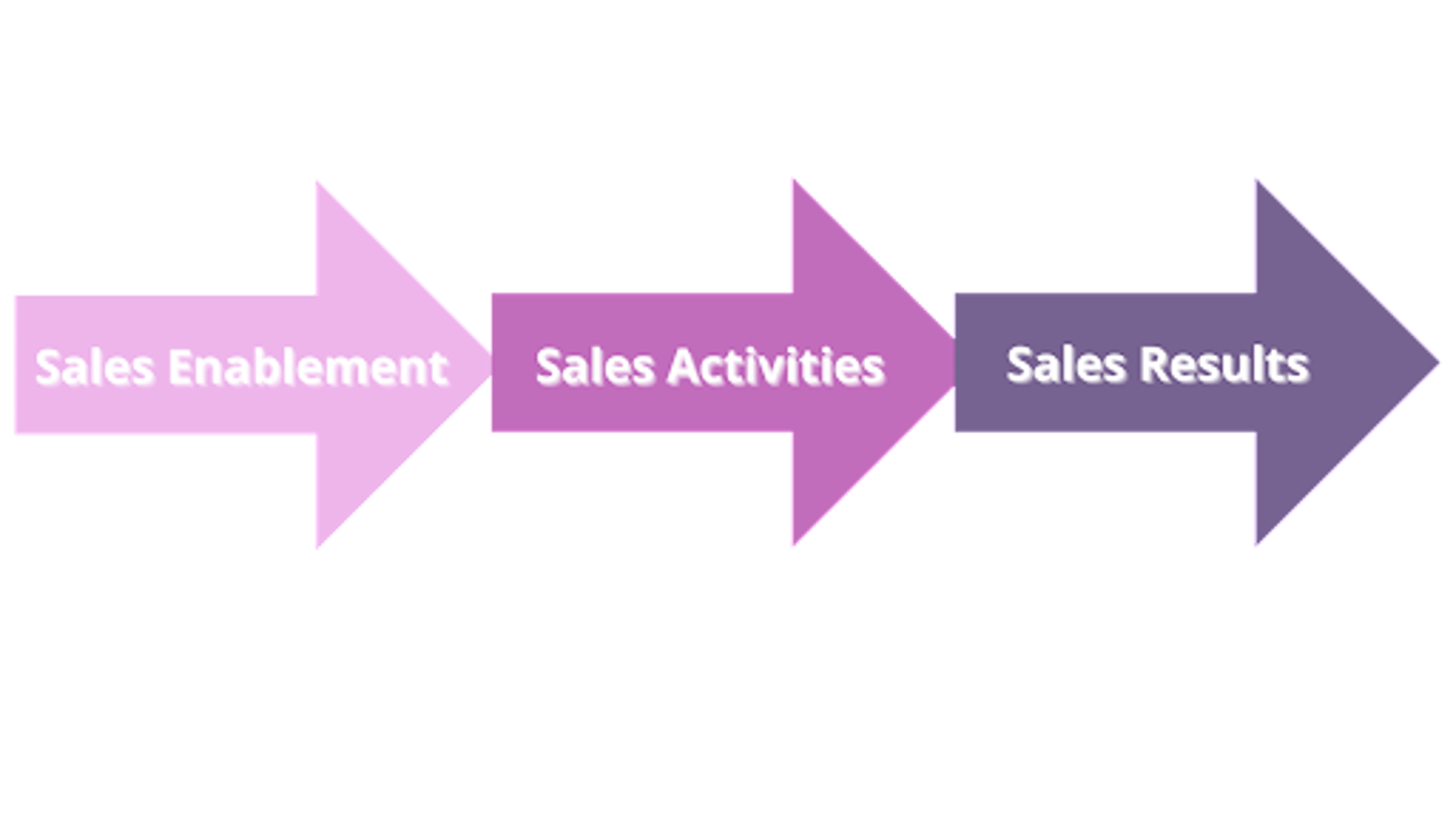
2. Quota Attainment
Quota attainment reflects a sales rep's performance. It indicates the percentage of sales they close within a set period, whether weekly, monthly, or quarterly. Effective sales enablement strategies should support the team in achieving these quotas.
Use a dashboard to monitor your sales reps' performance and identify areas where they might need more training or knowledge. By consistently tracking quota attainment, you get a comprehensive view of the team's overall success rather than focusing solely on a few standout performers. When the entire team's quota achievement improves, it indicates genuine progress and success for the business.
3. Calls to Action
By measuring the success of all your calls to action (CTAs), you can identify which ones work best. Regularly testing and refining your CTAs can help optimize their performance.
Look at both the click-through rates (CTR) and the clicks leading to a desired action (CTS). A high CTR suggests your content is compelling, while a low CTS might indicate issues in the conversion process. It's essential to measure both to understand customer intent and engagement.
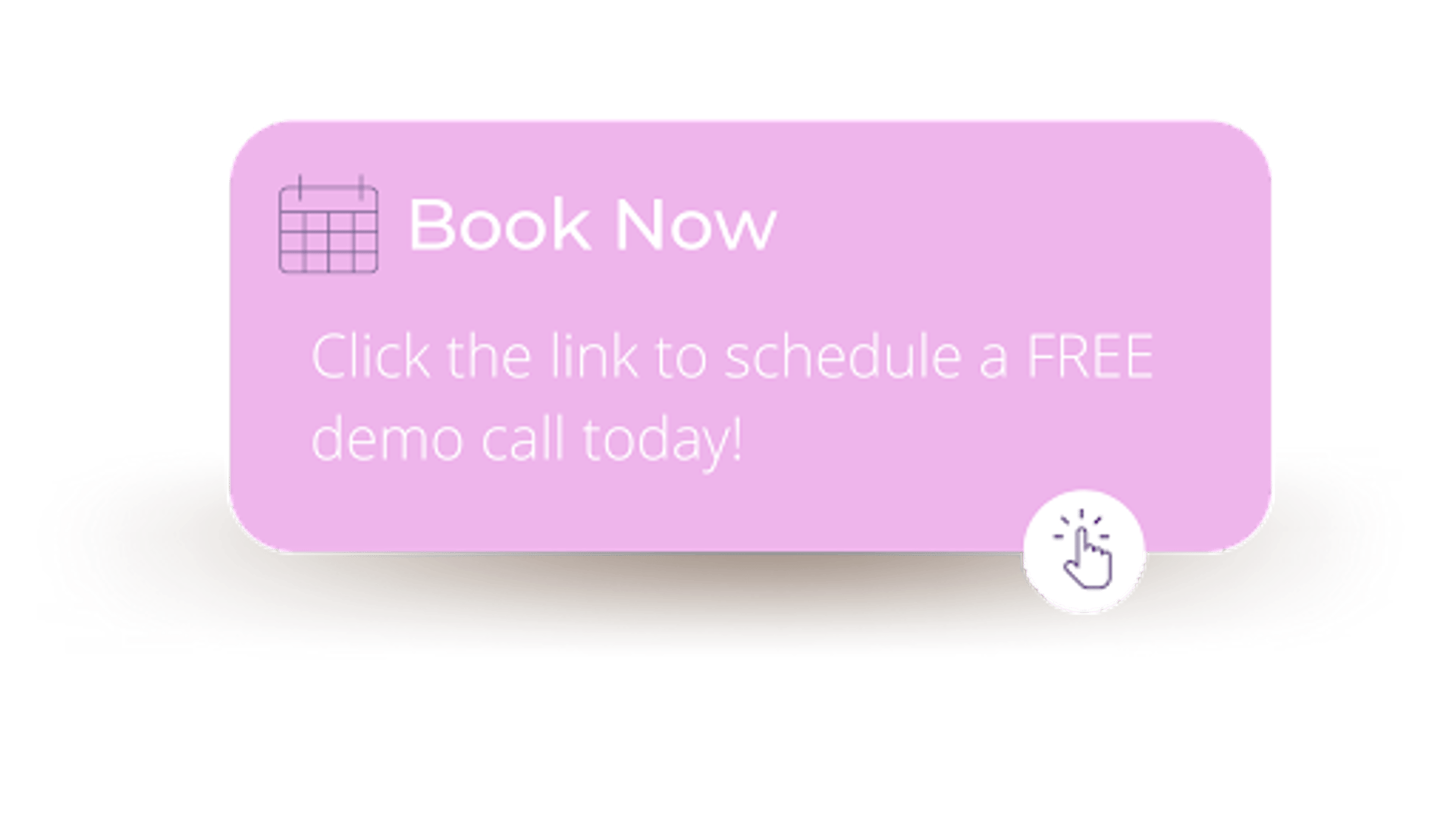
4. Marketing Collaterals Performance
Marketing materials help your sales team sell. These resources can include:
Guides
Articles
Scripts
Videos
Pitches
Case studies
White papers
Infographics
All these should be shared across the company to align sales and support teams. Knowing where customers drop off lets you gauge the effectiveness of these materials.
5. Sales Process Adherence
The company's success hinges on the sales team following established sales procedures. Effective sales strategies provide clear guidelines that sales reps should follow daily. Thus, make sure that sales reps adhere to the sales process by checking their activities.
Whether they're making necessary follow-ups, logging customer interactions, or updating customer records regularly, following the process ensures that nothing falls through the cracks. If they miss steps, they might leave out vital information for customers, leading to issues later.
6. Sales Closing Ratio
Measuring the ratio of proposals sent to successful conversions or deals closed can provide an accurate picture of the effectiveness of your sales processes. It could be due to slow response times to leads or targeting the wrong prospects. Identifying the issue means you can address it.
Knowing your sales closing ratio helps identify challenges, allowing you to adjust your strategies for better results. To do so, you can use sales analytics tools, such as Salesforce, which provides in-depth insights into your closing ratio and sales funnel.
7. Employee Net Promoter Score (eNPS)
The employee net promoter score, or eNPS, measures your sales team's overall satisfaction. A content and motivated sales team can boost the effectiveness of your sales strategies. Employees rate their satisfaction on a scale from one to ten through specific questions.
Promoters (9 - 10)
Passives (7 - 8)
Detractors (0 - 6)

Your overall net promoter score is calculated by:
Net Promoter Score = % of Promoters minus % of Detractors
This metric goes beyond just sales strategies. You need it to understand your employees' job satisfaction, which directly influences their performance and the company's earnings.
8. Win / Loss Rate
The win/loss rate helps gauge how well your sales team performs compared to competitors. To get insights from this metric, examine how you fare against various competitors and different market segments. This will highlight areas where you might need to strengthen your sales strategies.
For instance, if companies find their security features lacking compared to rivals, they might introduce more informative content to address this gap. This includes publishing whitepapers, webinars, or demos explaining their product's security features in-depth to reassure potential customers.
9. Onboarding Time
Quick client onboarding indicates the effectiveness of your sales strategies. This shows that your clients receive timely and relevant information and can work with you right away.
This metric ties in directly with the quality of materials you provide. For instance, offering user manuals ensures customers have the support they need.

On your team’s side, efficient onboarding can also reduce repetitive queries. Equipping them with the right training lets you streamline the onboarding process. Monitoring the speed of onboarding helps refine strategies. As a result, you can save both time and resources in managing new team members.
10. Deal Size
Don't just count wins; assess the value of each successful deal. Understanding their value can highlight opportunities for even more profitable transactions.
The value of closed deals reflects the effectiveness of your sales team in conveying the brand's benefits to customers. Analyzing the average deal size lets you identify areas for growth and improvement. For bigger deals, also make sure your marketing and sales teams collaborate closely, focusing on strategies like upselling and offering complementary products.
11. Cost of Acquisition (CoA)
When talking about sales enablement, you also have to think about the bottom line: how much return you’re getting from your campaigns. The first of two metrics that stand out for this purpose is Cost of Acquisition (CoA).
The CoA represents the total cost your business incurs to acquire a new customer. This includes all the expenses related to marketing, advertising, sales promotions, and any other costs directly related to converting a potential lead into a paying customer. Note this metric is often referred to as Customer Acquisition Cost (CAC).
A high CoA can indicate inefficiencies in your sales and marketing processes. If you're spending more money than necessary to acquire customers, it could strain your budget and decrease your overall profitability.
To optimize your CoA, monitor and evaluate your sales enablement tactics to identify areas where you may be overspending. Perhaps some marketing campaigns aren't providing a good return on investment, or maybe sales training could be more streamlined. Adjusting these tactics can lower your CoA.
12. Customer Lifetime Value (CLTV)
Meanwhile, the CLTV is a prediction of the total value a business can expect from a single customer throughout their relationship. It calculates the total revenue you expect from a customer minus the costs associated with serving them over their lifetime as a customer.
A high CLTV is a positive sign, indicating that customers find consistent value in your products or services. When the CLTV is significantly higher than the CoA, it means the business is in a healthy position, making a good profit from its customers over time.
Increasing the CLTV can be achieved by improving customer satisfaction and loyalty. This can be done by introducing loyalty programs, enhancing product quality, providing excellent customer service, or upselling and cross-selling effectively.
Sales Enablement Tools
Let's talk about the different sales enablement tools you can integrate into your strategies to enhance your business's selling capabilities. When used properly, these tools will help your sales team transform leads into customers more effectively.
Sales analytics and reporting tools
As we've discussed, understanding sales metrics and KPIs can help your sales team improve their performance. Sales analytics and reporting tools give you insights into your business strategies and customer behaviour. They help you find patterns, areas of improvement, and potential opportunities so you can make data-driven decisions to improve your sales enablement strategy.
Customer Relationship Management (CRM) systems
CRM systems are designed to manage interactions with current and potential customers. They help organize and track all communication with a prospect, from the initial contact to the closing of a deal.
A good CRM manages customer interactions and provides insights into sales forecasts, lead prioritization, and individual sales rep performance. This ensures a seamless flow of information within the sales team and helps managers make informed decisions.
Popular CRM systems include Salesforce, HubSpot, and Microsoft Dynamics. Investing in this system helps in centralizing customer data, making it easier for sales reps to access and update information.
Sales content management tools
Content remains important for sales enablement. You should also invest in sales content management tools to help your team organize, update, and share essential content pieces like pitch decks, product sheets, and case studies.
These tools make sure that your sales team always has the most recent and relevant materials. It also provides insights into which content pieces are most effective in the sales process, allowing for continuous optimization.
Tools like Seismic and Highspot are best known for their content management capabilities. They have features like AI-based content recommendations, real-time dashboards, and easy integration with other tools. This way, sales reps can easily access the materials they need, track their effectiveness, and know when to use them to close deals successfully.
Sales training and onboarding platforms
Training and onboarding are crucial for new sales reps. These platforms provide necessary training resources, from product knowledge to sales tactics. This way, new members have the knowledge and skills they need to sell effectively.
Additionally, continuous learning is also vital for your current sales team. As such, these platforms often offer advanced courses and certifications for seasoned reps looking to expand their skill set. With this, your sales team remains updated with industry trends and best practices.
Platforms like MindTickle and Lessonly are famous for sales training. They offer a mix of video lessons, quizzes, and interactive scenarios for your sales reps’ comprehensive training.
Sales engagement platforms
Sales engagement platforms streamline the communication process between sales reps and prospects. They offer features like email tracking, automated follow-ups, and call scheduling.
When you automate repetitive tasks, you make sure that your sales reps can focus more on building relationships with potential customers. The insights from these tools can also indicate the best times to reach out and the most effective communication channels.
Tools like Outreach and Salesloft integrate seamlessly with CRM systems. As a result, they provide a cohesive platform for sales reps to engage with leads and track interactions.
Integrating Technology Into Sales Enablement
Using innovative tools and platforms enables you to streamline your sales processes. This way, you can offer unique experiences to customers and stay ahead of the competition. Here are some examples of how technology can be a game-changer for sales enablement:
AI-driven chatbots
Chatbots powered by artificial intelligence can engage with potential customers around the clock. They can answer queries, provide product information, and even guide users through the initial stages of the sales funnel. More than just digital assistants, these chatbots can gather valuable data on customer preferences and behaviours, helping sales teams tailor their approaches.
Predictive analytics
Data is a goldmine for sales teams. With predictive analytics, businesses can analyze the information they’ve gathered to forecast sales trends and customer behaviours. One of its key benefits is lead scoring, where it assesses and ranks leads based on their likelihood to convert. This allows sales teams to prioritize their efforts, focusing on leads with the highest potential.
Aligning Sales and Marketing for Better Results
When your sales and marketing teams work together, your business wins. After all, they can share what's working and what's not. For example, the marketing team can share which promotions are getting attention, and the sales team can share feedback from customers.
As such, instead of both teams doing similar tasks or using different tools, they can share resources. This saves your organization time and money.
Additionally, their collaboration allows customers to get a consistent message about your products or services. This means whether they see an advertisement or talk to a salesperson, they hear the same benefits and features.
To boost collaboration between your sales and marketing teams, here are four things you must do:
Schedule regular meetings
Set up routine weekly or monthly meetings so both teams can stay aligned in their goals and strategies. These meetings offer a platform to discuss upcoming campaigns, review feedback, and address any challenges.
Use collaborative tools
Shared calendars can help in coordinating events and launches. Both departments can use the same project management software for their tasks and deadlines. This way, everyone stays updated on the progress of shared projects and can align their individual tasks accordingly.
CRM systems, on the other hand, offer insights into customer interactions, helping both teams understand customer needs and preferences. With these tools, your teams can work more seamlessly together and deliver a superior customer experience.
Joint training sessions
Organizing joint training sessions allows both teams to benefit from each other's expertise. Whether it's a deep dive into a new product's features, understanding the latest sales techniques, or getting a grasp on upcoming marketing campaigns, these sessions foster mutual understanding and respect. This way, everyone is equipped with the knowledge they need to succeed.
Celebrate successes
Recognizing and celebrating joint achievements is a great way to reinforce collaboration. When a campaign does well or a sales target is achieved thanks to combined efforts, take a moment to acknowledge it. A simple celebration, whether it's a team lunch or a shout-out in a company meeting, can go a long way in motivating teams and emphasizing the importance of working together.
Understand the Pipeline Better
Tracking these 12 sales enablement metrics will give you a clear understanding of how successful your sales enablement strategies are.
There are many more metrics that you can track, but the aforementioned will give you a thorough overview of gaps to explore in your sales plans. Start tracking today to improve revenue and build a stronger sales team.
Related Articles
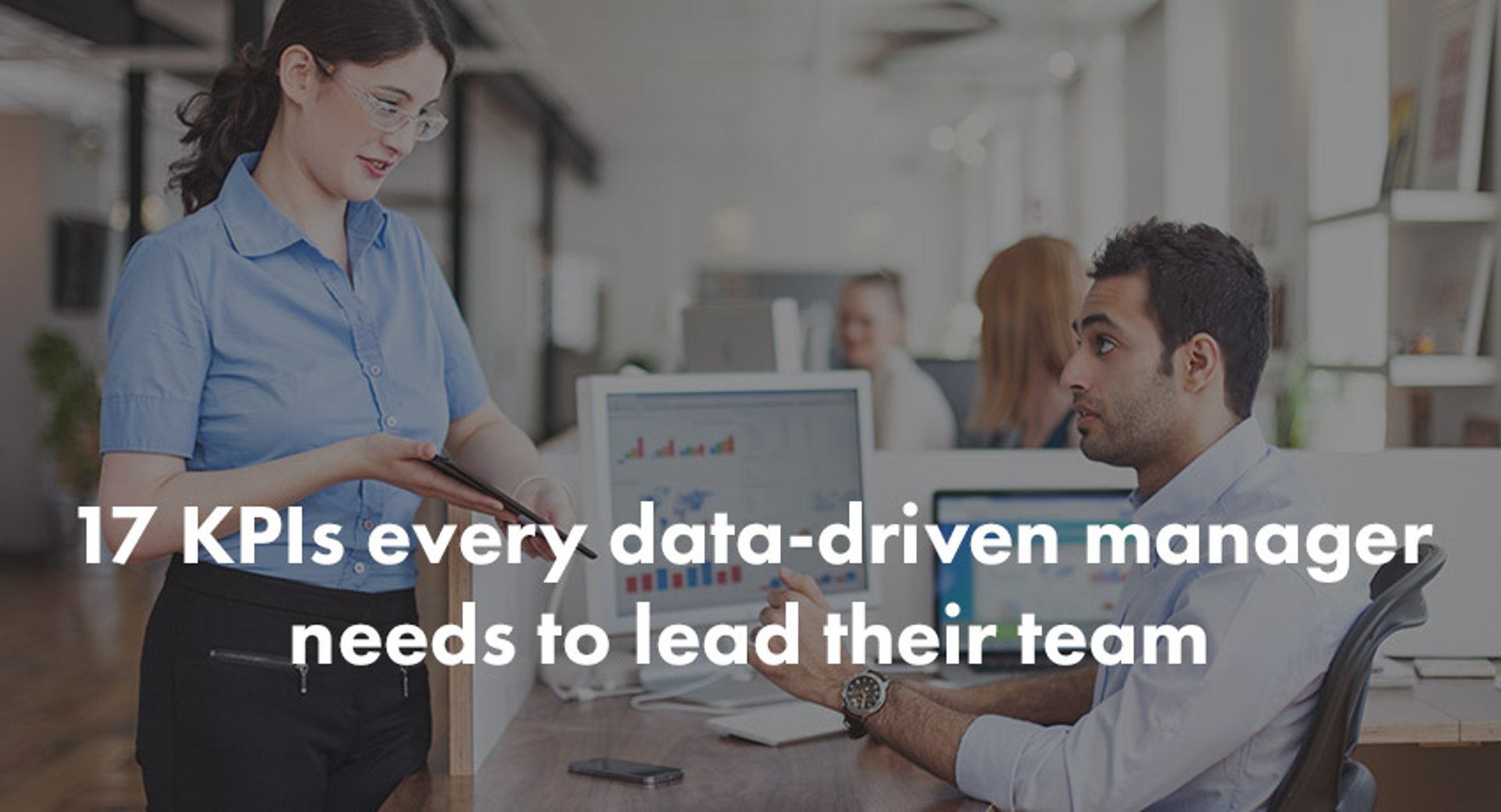
17 KPIs Every Data-Driven Manager Needs to Lead Their Team
By Danielle Poleski — October 14th, 2025
7 ways to present KPIs that your management team will love
By Danielle Poleski — September 25th, 2025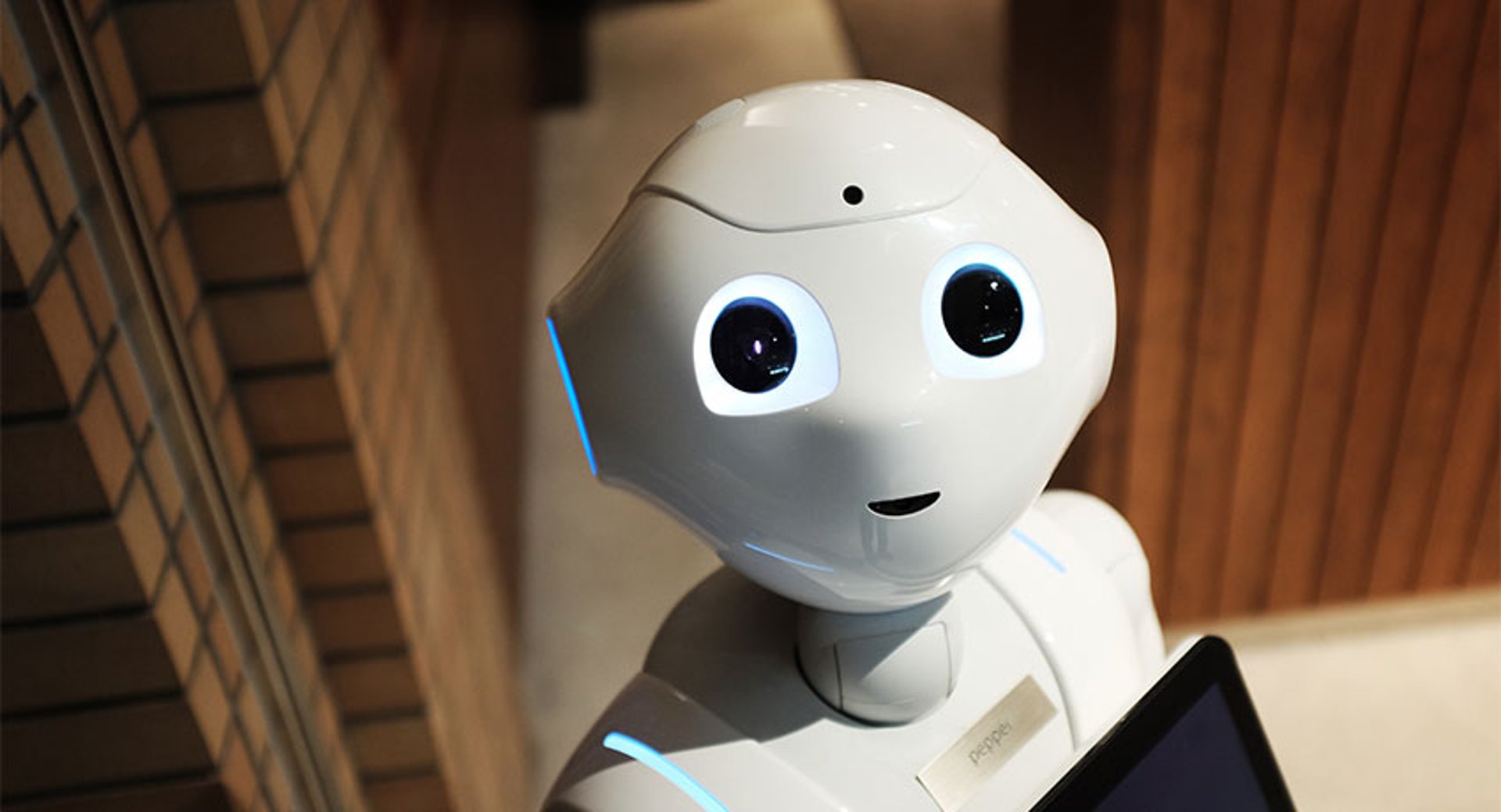
The 9 Reddit KPIs You Should Be Tracking
By Mark Brownlee — September 17th, 2025

